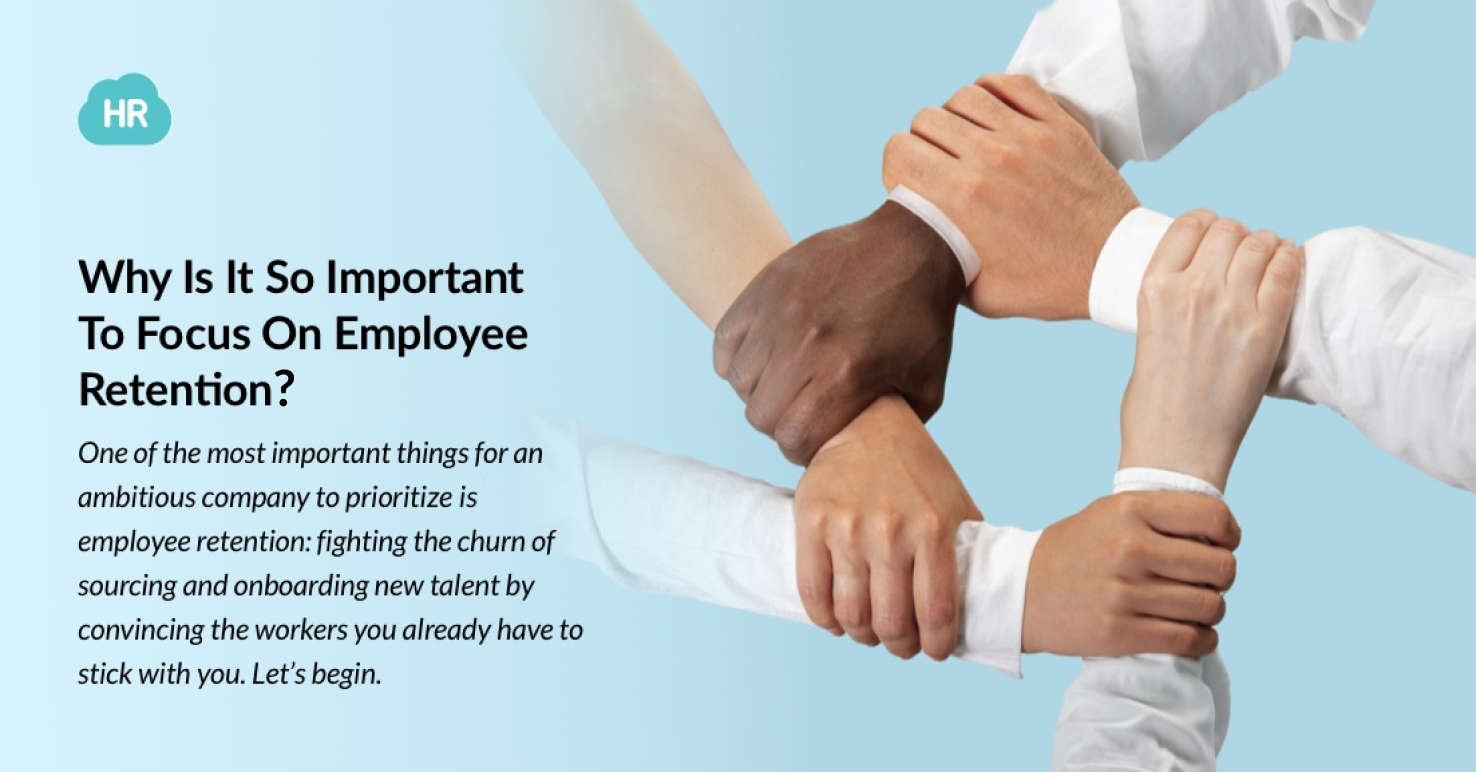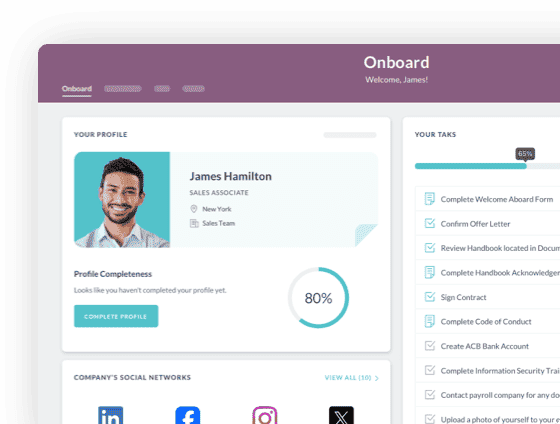
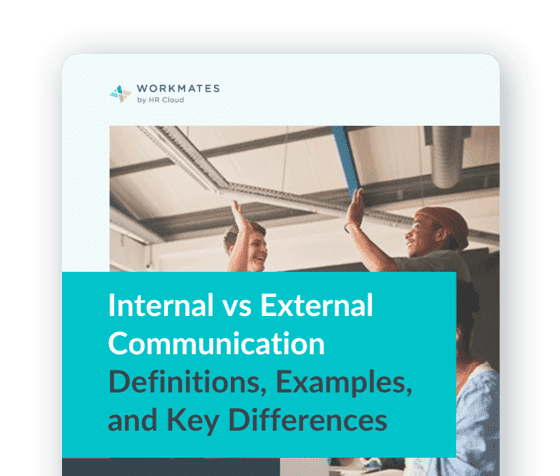
 Cut onboarding time
by 60%—here's the
Ultimate Checklist
that helped do it.
Cut onboarding time
by 60%—here's the
Ultimate Checklist
that helped do it.
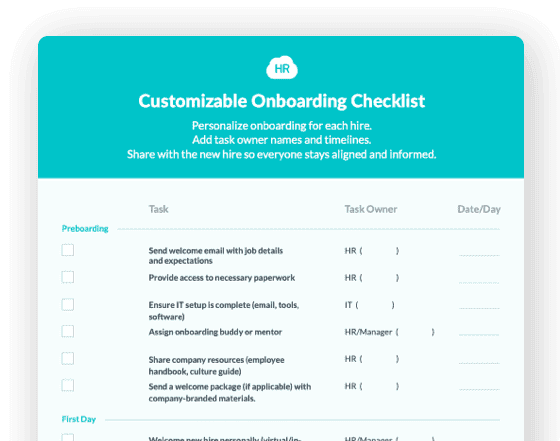
After many months of frustrating lockdown restrictions and corporate struggles, the world of employment remains in a peculiar state, but there are positive signs. Companies that managed to endure the difficult conditions are looking to reinvest in growth following promising vaccination efforts, and they can pick from a huge pool of strong candidates who were fired or furloughed due to circumstances beyond their control. Doesn’t this mean that employers hold the edge?
Well, it isn’t quite that simple. Companies with money to invest are certainly in strong positions and have many options, but that doesn’t mean they can afford to get blasé about employee experience (which largely stems from how they treat their workers) — especially given that COVID-19 has changed the very nature of employment to a remarkable extent (more on this later). There’s a delicate balance to maintain.
Indeed, one of the most important things for an ambitious company to prioritize in 2021 is employee retention: fighting the churn of sourcing and onboarding new talent by convincing the workers you already have to stick with you. The number of employees sticking with you for years is a crucial metric — and in this post, we’re going to explain why employee retention deserves such a prominent place on your list of priorities. Let’s begin.
Remote working offers global opportunities
Back when almost everyone had to travel to work every day, each professional had limited options for where they could work without needing to move. The same limitations affected employers, of course, but they could always find some eager beginners and train them up if necessary. When someone took a role, then, they were likely to cling to it as best they could, knowing that losing the job might leave them in dire straits.
Today, though, so many companies have moved to remote working that employees have plenty of options to consider. If a business fails to keep its workers happy, they can source alternative work without needing to uproot their families or even leave their home offices. And then there’s the option of freelancing through online marketplaces, or even taking the entrepreneurial route.
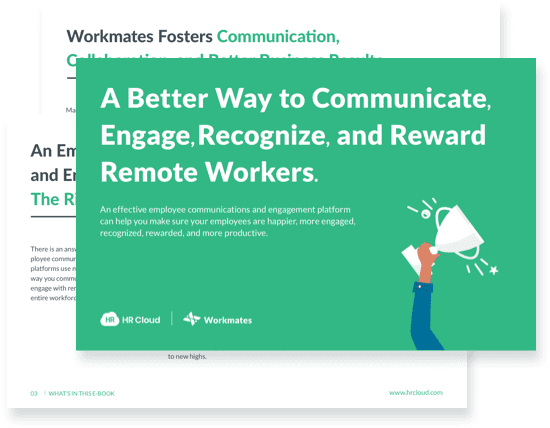
To learn even more about managing remote teams and keeping employees working at home highly engaged, download our ebook now.
Download nowDue to this, it’s a huge mistake to think that team members don’t have options. If they’re good employees, they’ll likely be able to find other companies offering flexible work who see their talents — so pull out all the stops to keep them working for you. And though it’s normal for your top talent to leave eventually, you should learn as much as you can from their exit interviews, and use that information to make subsequent hires more likely to stick around.
People are increasingly prizing work/life balance
It isn’t just a lack of decent pay that inspires an employee to look elsewhere. Perhaps more often at this point, it’s a lack of strong work/life balance. Experiencing the misery of isolation during the pandemic has shifted our priorities in profound ways. If you’re anything like most, you’ve learned how important it is to treat yourself well (taking care of yourself first — along with your loved ones, naturally— and putting employers second) and focus on more than just money.
This means that you need to work harder to keep talented employees around. They won’t accept unreasonable overtime without accompanying pay, for instance, or even being needed to spend time in the office if it isn’t strictly necessary. Sticking to your old standards and hoping that things will go back to normal isn’t a winning tactic.
Focus on achieving flexible conditions, being more considerate of concerns like mental health, and — most significantly — listening to your team (it’s among the simplest yet most potent employee retention strategies). How do your employees feel about your working conditions? Are you offering the kind of professional development they’re looking for? Invest in the perks they want, not those you think are the most valuable. A company that encourages employee contentment will always fare better than those that don’t.
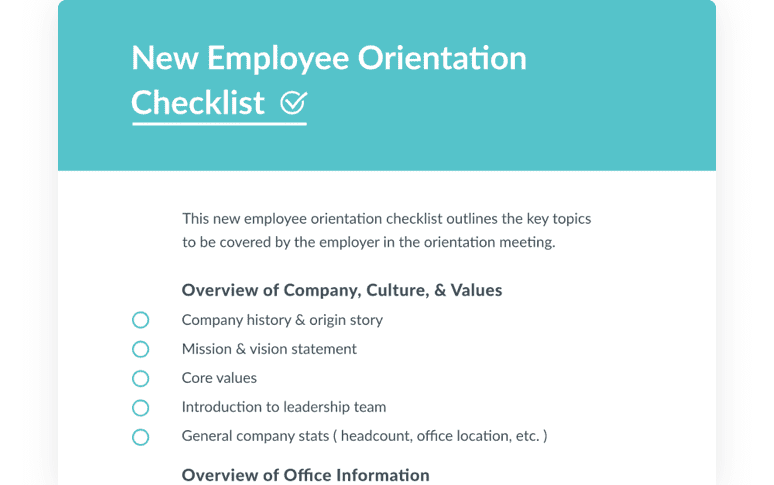
Onboarding at a distance is a substantial challenge
The process of bringing in new hires has never been easy, exactly, but it used to be markedly easier than it is now. Having teams work in offices meant that fresh arrivals would have people around them at all times to give them useful advice and look after their best interests as they became accustomed to the pace of work. Now that so many people are working remotely, the onboarding process has changed into a trickier virtual arrangement.
This isn’t to say that online onboarding is a terrible inconvenience, of course: with the right remote onboarding system in use, it’s perfectly possible to make a new hire feel welcome and get them up to top productivity reasonably quickly. But it’s still far from optimal, especially when you factor in the earlier point: someone dissatisfied with their experience has so many alternatives to consider.
Once you get someone through the onboarding phase and past their probationary period, then, you’ll want to keep them around to minimize the effort you need to put into further onboarding. Additionally, the more long-serving employees you have, the simpler it will be to onboard the new hires you can’t avoid bringing in (as all experienced HR professionals will confirm, 100% employee retention rates are essentially impossible).
Workplace culture takes time and effort to bed in
Lastly, we need to consider something that more and more companies are investing in workplace culture. It’s partially an HR concern and partially a PR concern because it’s great for earning leads and attracting candidates if a company can boast of its wonderful culture. It’s far easier talked about than achieved, though — and it notably takes time to bed in. The longer someone stays with a company, the more integrated they become.
Now envision a company that suffers a great deal of churn, with its most loyal employee only lasting a year before venturing to greener pastures. How good can that company’s culture be? The employees can’t be particularly close: it’s hard to build strong working relationships when you expect your colleagues to leave at any time (and you’re not sure when you’ll leave).
It’s only by retaining your employees that you can build a strong culture: by the time a long-term employee leaves, they’ll have passed their expertise and attitude to their newer colleagues. Furthermore, your employees’ satisfaction levels will be greater if they can see that you’ll make a concerted effort to keep them around.
In conclusion, then, it’s vital to focus on employee retention because today’s hires have more opportunities than ever before, have higher working standards, are harder to onboard, and won’t become culturally invested unless kept around. If you’re not already putting a lot of effort into keeping your employees content, rectify that mistake quickly.
Author Bio: This article is written by our marketing team at HR Cloud. HR Cloud is a leading provider of HR solutions, including recruiting, onboarding, employee engagement, and intranet software. Our aim is to help your company improve employee engagement, employee productivity, and to save you valuable time!
Keep Reading
The Hidden Metrics of Frontline Success: Beyond Engagement Scores
"What gets measured gets managed, but what gets measured well gets transformed." — Peter
Embracing Diversity: Recognizing Different Cultures in the Workplace
Workplaces today reflect the incredible diversity of the world around us. People bring
From Manual to Automated: A Complete Guide to Digitizing Employee Onboarding for Large Organizations
Sarah Chen, Director of HR at a 7,000-employee healthcare organization, starts her Monday
Like What You Hear?
We'd love to chat with you more about how HR Cloud® can support your business's HR needs. Book Your Free Demo

Build a Culture of Recognition. Boost Engagement. Guaranteed.
Workmates empowers employees to stay informed, connected, and appreciated—whether they’re on the front line, in the office, or remote. Recognition drives 12x higher engagement.Trusted by industry leaders in every sector




Cut Onboarding Costs by 60%.
Take the confusion and follow-ups out of onboarding with automated workflows, digital forms, and structured portals—so new hires ramp faster 3X quicker.Trusted by industry leaders in every sector




